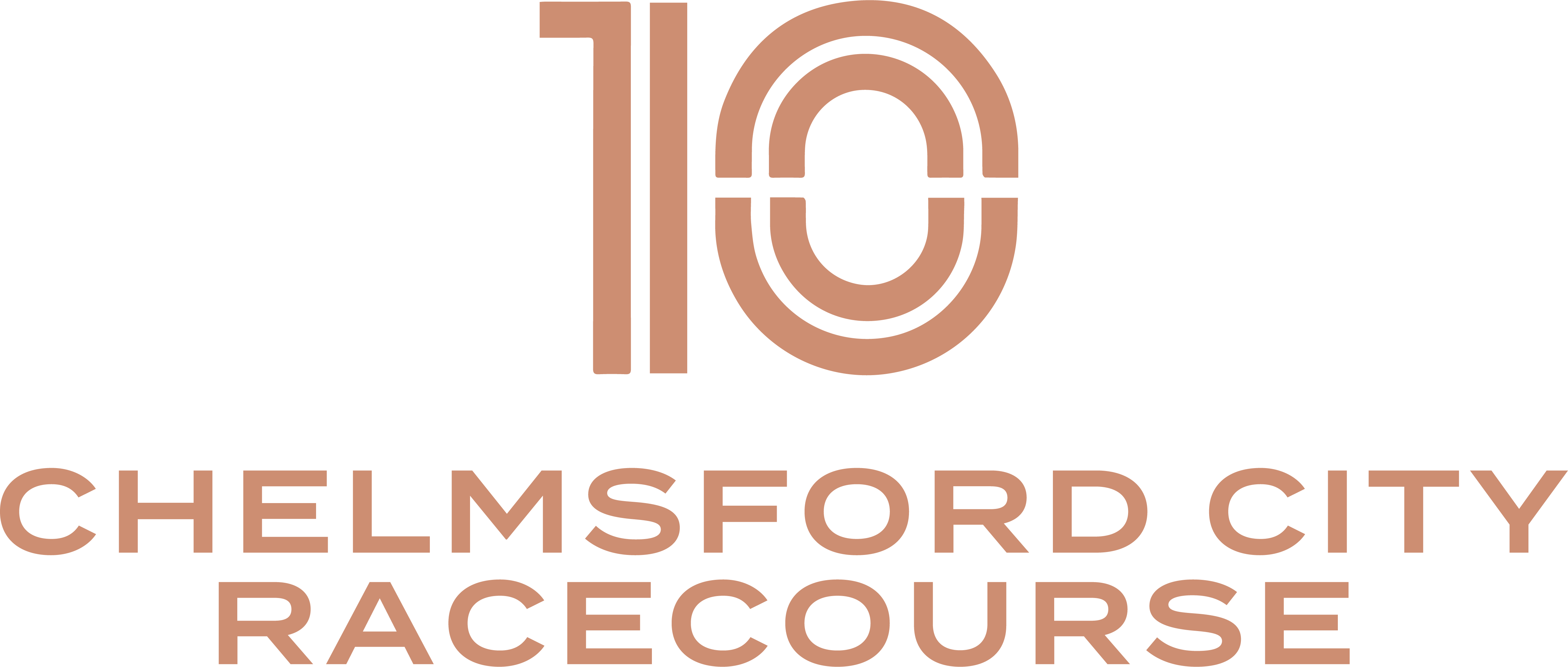Weddings: Explained

Your wedding day is one of the most significant milestones in your life. From the order of the ceremony to the entertainment, we’ll help you dive into the details of weddings and help you make the best choices for your big day.
What is The Order of a Wedding Ceremony?
First things first, the order of the day. It can be overwhelming knowing the exact order of the wedding day, so we’ve broken it down for you.
The Ceremony
After you and your wedding party are ready, it’s time for the big ceremony. This is where you officially become legally wed in front of your friends and family. You can choose to have a religious ceremony which will include readings and hymns, or you can choose a civil ceremony which is a less formal ceremony and usually takes less time.
Photos
After you and your new spouse have been wed, it’s time for photos. This is usually the time when everyone gathers to throw confetti, and you spend some time alone having photos around your beautiful venue.
Drinks Reception
While the guests wait for the happy couple to have their photos, they can gather for drinks before sitting down for the wedding breakfast. If the reception is in a separate location from the ceremony, they may be greeted with drinks on arrival. This is a great time to chat with other guests, take photos, and relax before the meal.
Wedding Breakfast
One of the most enjoyable parts of the day is the wedding breakfast, which is the first meal following the ceremony. It’s usually a three-course meal, but modern weddings may include more casual options like pizza or a hog roast. Following the meal are the speeches, usually made by the father of the bride, the groom, and the best man.
Evening Guests Arrive
After the speeches, it’s time for more drinks to flow. This is also the time that the evening guests begin to arrive, and the dance floor opens. Usually, you’ll hire a band or DJ to help guests get into the party mood.
First Dance and Cake Cutting
The newlyweds are shortly introduced to the dancefloor for their first dance as a married couple. This tends to be the last formality of the evening and can produce some incredible photographs. The married couple may even welcome guests to join them on the dancefloor too.
Party
After the first dance and cutting of the cake, it’s time to unwind and enjoy the rest of your evening by dancing into the night with all your favourite people. Make sure to let guests know on the invite what time the party ends so they can arrange taxis home.
Guests
When planning a wedding, one of the main things to consider is the guests. The number of guests you plan to invite hugely impacts your venue choice. Whether you’re having a small, medium, or large wedding, you need to have a rough number to be able to select an appropriate space.
When creating the seating plan, consider whether you will have traditional seating with assigned seats, or whether you’ll opt for a more relaxed setting with open arrangements. You should also think about who will be invited to the day vs the night. Some couples decide to have a very small and intimate day celebration before inviting more guests at night. The choice is dependent on your personal preferences and budget.
Date
Selecting the right date for your wedding is one of the most important parts of planning. Popular wedding months, such as May to September, tend to have better weather but higher demand and prices. Consider your preferences, budget, and any special dates or anniversaries that hold meaning to you both.
Venue
The venue is the canvas on which your wedding day unfolds, so let’s look into some factors to consider.
Location
Choose a location that’s convenient for both you and your guests, and that also reflects your style and preferences. Popular choices of venue locations include marquees, barns, and scenic gardens.
Theme
Your wedding theme should be harmonious with the venue and your personality. For example, a ballroom suits a classic and elegant theme whereas a marquee will suit a boho theme.
Type of Wedding
The next thing to consider is the type of wedding you want. This includes the size of your wedding, the season, and the style.
Small Weddings
Ideal for an intimate atmosphere, small weddings allow you to spend quality time with each guest. Consider venues like boutique hotels, intimate restaurants, or even your backyard.
Medium Weddings
Medium-size weddings offer a balance between intimacy and grandeur. Options include country clubs, wineries, and banquet halls.
Large Weddings
If you’re dreaming of a lavish affair, look into grand ballrooms, event centres, or large marquees.
Seasonal Considerations: Winter weddings can be enchanting with cosy fireside gatherings and snowy landscapes, while summer weddings are all about outdoor celebrations and vibrant colours.
Entertainment
Choose entertainment that matches your theme, the type of wedding, and the type of thing you enjoy. For example, choose live DJs, bands, or singers to entertain your guests after the wedding breakfast. You can also incorporate elements like photo booths, games, and other unique additions so your guests never run out of things to do.
Food
Food is a highlight of any wedding. Whether you’re after three-course meals, buffets, or food trucks, it’s one of the most important parts of the day. You should also consider any dietary restrictions and preferences of your guests. Create a menu that reflects your taste and compliments your theme and your menu will be one to remember.
Conclusion
In conclusion, planning a wedding involves many details that can be easy to overlook. However, with our comprehensive guide on weddings, you can create the most perfect day. Remember, it’s your day, so make choices that reflect you and your unique story.





